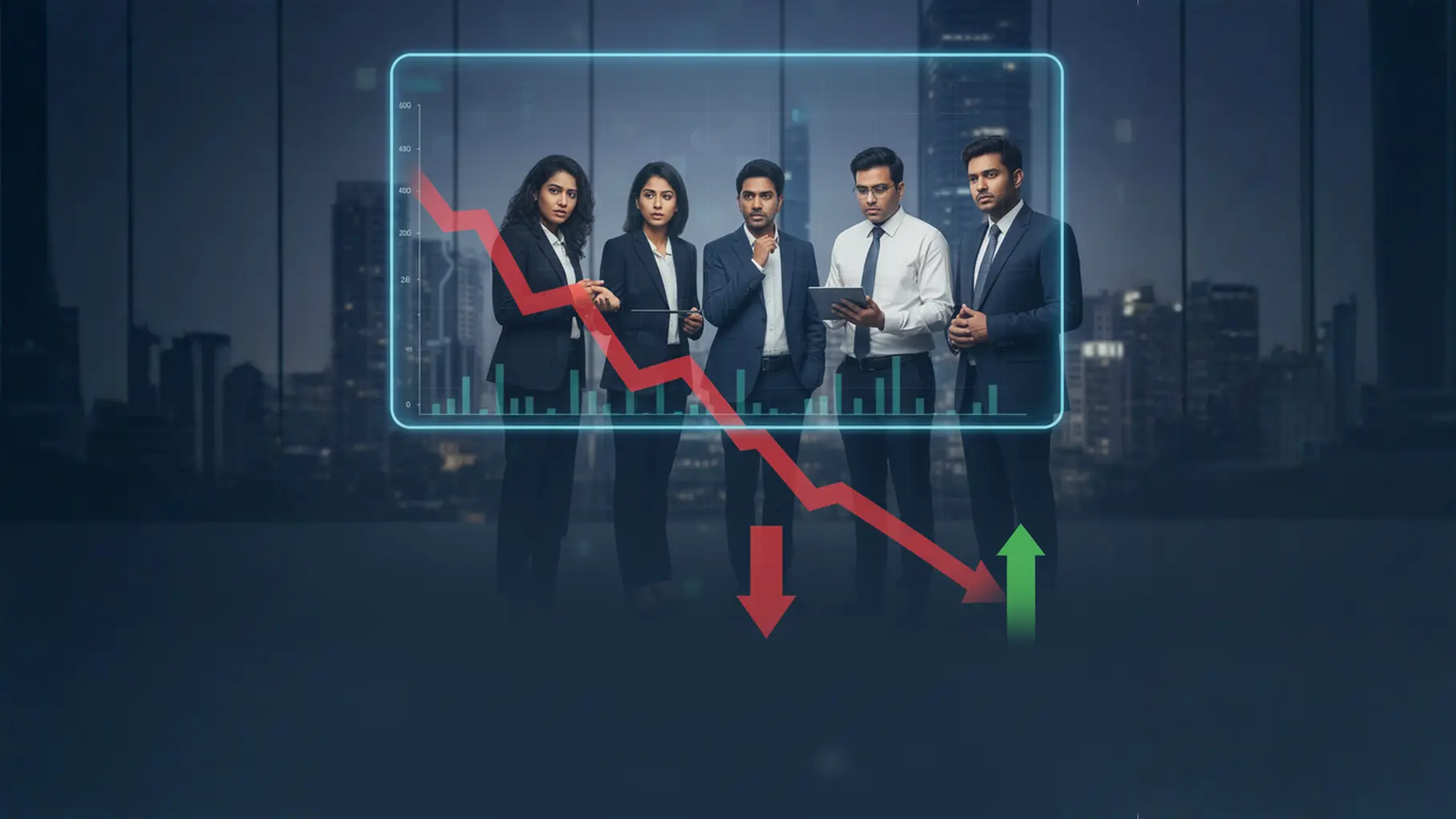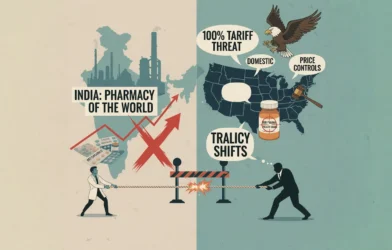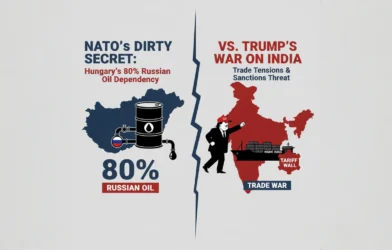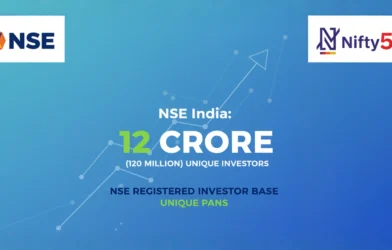Author: Aarya Shah | EQMint
India’s equity markets recorded their weakest first-half performance in three years during April–September 2025 (H1FY2026), as global trade tensions and foreign capital outflows dampened investor sentiment. Benchmark indices Sensex and Nifty delivered muted returns compared to the strong double-digit gains witnessed in the previous two fiscal years.
Benchmark Indices Underperform After Two Strong Years
The BSE Sensex rose 3.68%, while the NSE Nifty 50 advanced 4.64% in H1FY2026. While these gains appear positive in absolute terms, they pale in comparison to the robust performance of the last two years.
-
- In H1FY2024, the indices had surged up to 13.13%, buoyed by strong corporate earnings and resilient domestic demand.
-
- In H1FY2025, the rally extended further, with gains of 15.6%, fueled by global liquidity, robust capital flows, and optimism around India’s growth story.
The slowdown in H1FY2026 highlights growing caution among investors, particularly in the face of external uncertainties.
Broader Market Also Loses Momentum
The broader markets, represented by the BSE Midcap and BSE Smallcap indices, also recorded slower growth.
-
- The Midcap index rose 8.15%,
-
- The Smallcap index advanced 11.92%.
Although these numbers are higher than large-cap returns, they remain significantly below last year’s exceptional rally, when midcaps and smallcaps had surged 25.51% and 32.35%, respectively, in H1FY2025.
This moderation reflects a cooling of speculative interest and increased caution around valuations, particularly after a sharp run-up in the preceding period.
Foreign Investors Turn Net Sellers
One of the biggest drags on the markets in H1FY2026 was the reversal of foreign capital flows. Foreign portfolio investors (FPIs) sold equities worth ₹37,945 crore during the six-month period. This stands in sharp contrast to ₹83,289 crore of inflows in H1FY2025, which had significantly boosted market sentiment at the time.
Analysts attribute this reversal to multiple factors:
-
- US tariff measures targeting Indian exports, which heightened concerns about India’s external sector.
-
- A stronger US dollar and rising bond yields, prompting investors to shift allocations away from emerging markets.
-
- Global risk aversion amid geopolitical tensions and volatility in commodities.
Domestic Institutions Step Up Buying
Interestingly, domestic institutional investors (DIIs) continued to play a stabilizing role for the Indian market. Their inflows surged from ₹2.32 lakh crore in H1FY2025 to ₹3.84 lakh crore in H1FY2026.
This reflects the increasing depth of India’s domestic savings and the growing role of mutual funds, pension funds, and insurance companies. Retail investor participation through systematic investment plans (SIPs) has also been on the rise, cushioning the impact of foreign outflows.
External Pressures: The Tariff Factor
The immediate trigger for weaker market returns was concern around US tariff actions on Indian exports, particularly in the pharmaceutical and manufacturing sectors. Analysts suggest that while the actual revenue impact may be limited to a few billion dollars, the move has dampened sentiment and raised questions about India’s trade competitiveness.
Global brokerage houses such as Nomura have highlighted the potential risk of reduced earnings growth for key sectors, which has further weighed on valuations.
Outlook for H2FY2026
Market experts believe the second half of the fiscal year could witness better performance if certain risks ease.
-
- Corporate Earnings: With strong quarterly results expected in IT, banking, and auto sectors, earnings momentum may provide support.
-
- Policy Support: Any government measures to counter tariff impacts or boost exports could help revive confidence.
-
- Global Cues: Much will depend on US interest rate trends, crude oil prices, and the direction of global capital flows.
However, analysts caution that volatility may remain high. “The strong domestic inflows are a positive, but unless foreign investor selling abates, large-cap indices may continue to underperform compared to mid- and small-caps,” said a market strategist at a leading brokerage.
Investor Takeaways
For retail investors, the key lesson from H1FY2026 is the importance of diversification and discipline. While broader markets delivered relatively better returns, the risk of corrections remains high after a strong multi-year rally. Experts suggest maintaining a long-term outlook and sticking to systematic investment strategies rather than trying to time the market.
Conclusion
India’s equity markets may have logged their worst first-half performance in three years, but the underlying resilience of domestic flows provides a strong cushion. As global uncertainties play out, the balance between foreign outflows and domestic support will determine whether the markets can regain momentum in the second half of the fiscal year.
References
Disclaimer: This article is based on information available from public sources. It has not been reported by EQMint journalists. EQMint has compiled and presented the content for informational purposes only and does not guarantee its accuracy or completeness. Readers are advised to verify details independently before relying on them.









